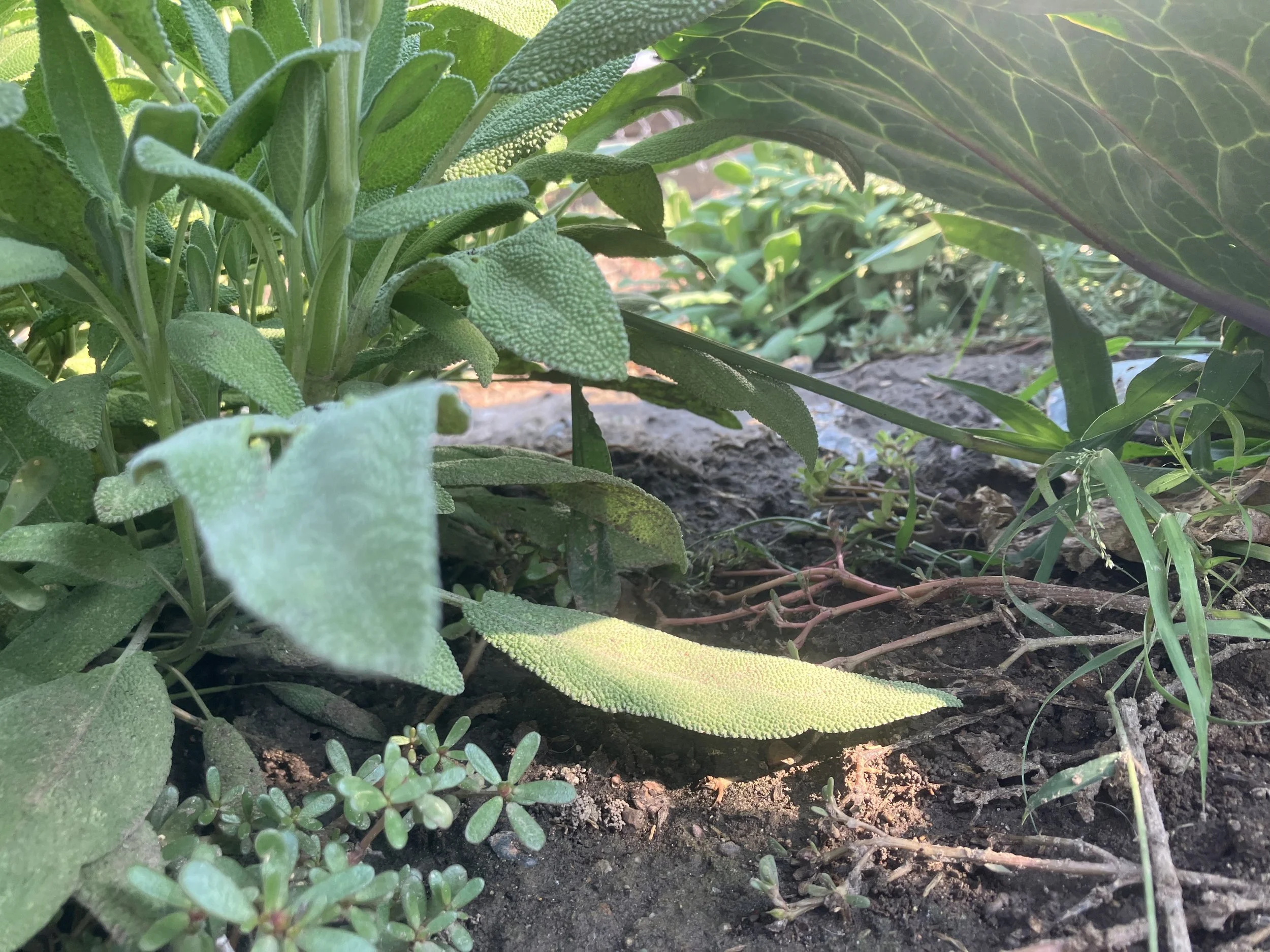A Sourdough Thanksgiving
You probably have most of the menu planned for your epic Thanksgiving dinner this week. But if you’re staring at your sourdough starter over there in the corner on your countertop wondering what you might make with it besides bread, I have a few great suggestions for you. Heavy, crusty artisan bread might be too much for your big meal. Instead I recommend these three options that cover Thanksgiving staples. They are absolutely delicious, incredibly nutritious, and you can start them days ahead of time! What is there to lose? Instead of storing your starter away in the fridge for a week or two, use it for the holiday!
Quick Links!
#1. Sourdough Cornbread by The Gingered Whisk
Katie’s Notes: I love this cornbread because it is fully fermented and therefore much more nutritious than a quick bake cornbread. I can start it a full day before I want to bake it, it tastes delicious without any processed sugar, its taste and texture are exactly like conventional cornbread, and it can be used in your turkey stuffing recipe.
“1 cup sourdough starter
1 cup milk
1 cup cornmeal
1 cup unbleached flour
1/4 cup maple syrup
2 eggs
1/2 cup melted butter
1 tsp sea salt
2 tsp baking powder
1/2 tsp baking soda”
“In a large bowl mix together the starter milk, cornmeal and flour. Cover and let sit on the counter for 8-24 hours.
Preheat oven to 350F.
In a small bowl, whisk together the maple syrup, eggs, melted butter, and sea salt.
Stir the wet ingredients into the soured batter.
Sprinkle the baking powder and baking soda over top and stir well to incorporate.
Pour the batter into a greased 8″ cast iron skillet (or 12 muffin pans, or 2 5″x9″ bread pans).
Bake 35 minutes (or 15 for muffins).
When golden brown and a toothpick inserted into the middle comes out clean, remove from oven and allow to cool for a few minutes before slicing.”
Katie’s Notes: These dinner rolls are lusciously soft, versatile, and (best of all) easy. You can substitute the three tablespoons of sugar for maple syrup if you want to avoid the processed stuff. They’re light and won’t weigh down the entire Thanksgiving meal but will still deliver that luxurious and rich element to your table. She even has instructions for how to make them ahead of time, stick them in the fridge, and bake later. Again, so helpful for a busy week in the kitchen!
“2 tablespoons (28 g) butter
1 cup (240 g) milk
3 tablespoons (44 g) sugar
1 teaspoon (5 g) salt
½ cup (100 g) active sourdough starter
3 cups + 2 tablespoons (375 g) bread flour
1 tablespoon melted butter (for brushing the top of the rolls after baking)”
“FEED YOUR STARTER
8 PM Feed starter: 12 hours before you plan to mix the dough, add the ingredients to make ½ cup (100 g) of active sourdough starter to a clean jar.
MAKE THE DOUGH
7:30 AM Melt butter: In a small saucepan, melt the butter, milk, sugar and salt together over low heat. Pour the mixture into a mixing bowl and allow it to cool down to room temperature.
8 AM Mix the dough: Add the flour and active sourdough starter to the bowl and stir with a spatula until the ingredients are combined and there are no dry bits left in the bowl. Cover the bowl and allow to rest at room temperature for 1 hour.
9 AM First rise: Perform 3 sets of stretch and folds spaced 30 minutes apart, keeping the bowl covered between sets. To perform a set, pick up the dough on one side and stretch it up and over itself. Turn the bowl a quarter turn and repeat this step until you have turned the bowl a full circle. After the final set, cover and allow the dough to rise for 2 hours or until it has risen by 50% in size. (See notes.)
12 PM Shape and Second rise: Turn the dough out onto a floured surface and divide it into 12 pieces, approximately 65 grams each. Shape each piece into a ball by gathering up the sides and pinching them together. Turn the dough over so that the seam side is down on the work surface and gently form a smooth ball. Arrange them in a lightly greased glass baking dish. Cover the dish with a tea towel and let rise for 3-4 hours.
4 PM Bake: About 20 minutes before you are ready to bake preheat your oven to 375°F (190°C). Bake for 25-30 minutes or until they are golden brown on top. The internal temperature of the rolls should be 190°F when fully baked. Brush the top of the roll with melted butter and serve.”
#3. Sourdough Pie Crust by Ferment Tools
Katie’s Notes: It’s not Thanksgiving without pie, right? This pie crust is special. It has a richer, fuller flavor than most because of the fermentation of the sourdough. And that also means it has that added bonus of nutritious grains. I love this crust because I can make it a couple days ahead of time, stick it my fridge, and come back to it later when I’m ready to cut my apples, mix up the pumpkin, or throw together the quiche. It’s versatile without sacrificing quality, and that’s my sweet spot when it comes to a recipe.
“2 cups flour (white or whole wheat)
1/2 tsp salt
1 Tb sugar (optional, for sweet pies. Omit for quiche.)
1 cup butter, very cold (2 sticks)
3/4 cup to 1 cup sourdough starter at 100% hydration”
“1. Mix flour, salt and sugar, if using.
2. Chop butter into small pieces or slices and add to the flour mixture. Cut the butter into the flour mixture until the flour looks like it has pea-sized or smaller butter lumps. The butter should be very cold to keep it from melting in this process. The chunks of butter remaining in the pie crust will be what helps to make a flaky and light crust, so avoid incorporating the butter completely. There are many different ways to do this—a pastry knife or food processor are the most commonly used.
3. Slowly add the sourdough starter, mixing it with the butter/flour mixture until it just comes together. Depending on your mixing style, and the exact amounts, it should take somewhere between 3/4 cup and 1 cup of sourdough starter to bring the crust together without being so wet that it’s sticky or soupy, or so dry that it crumbles apart.
4. Once the dough comes together, bring it into a ball and allow it to culture on the counter at room temperature, covered loosely by a towel, for six to eight hours.
5. After the fermentation time, break the crust into two pieces and flatten them out into disks so they’ll be easier to roll out later. Transfer your disks to the refrigerator for at least an hour, preferably two or more, so that they’re really cold before rolling them out and using them as you would a regular pie crust.”













